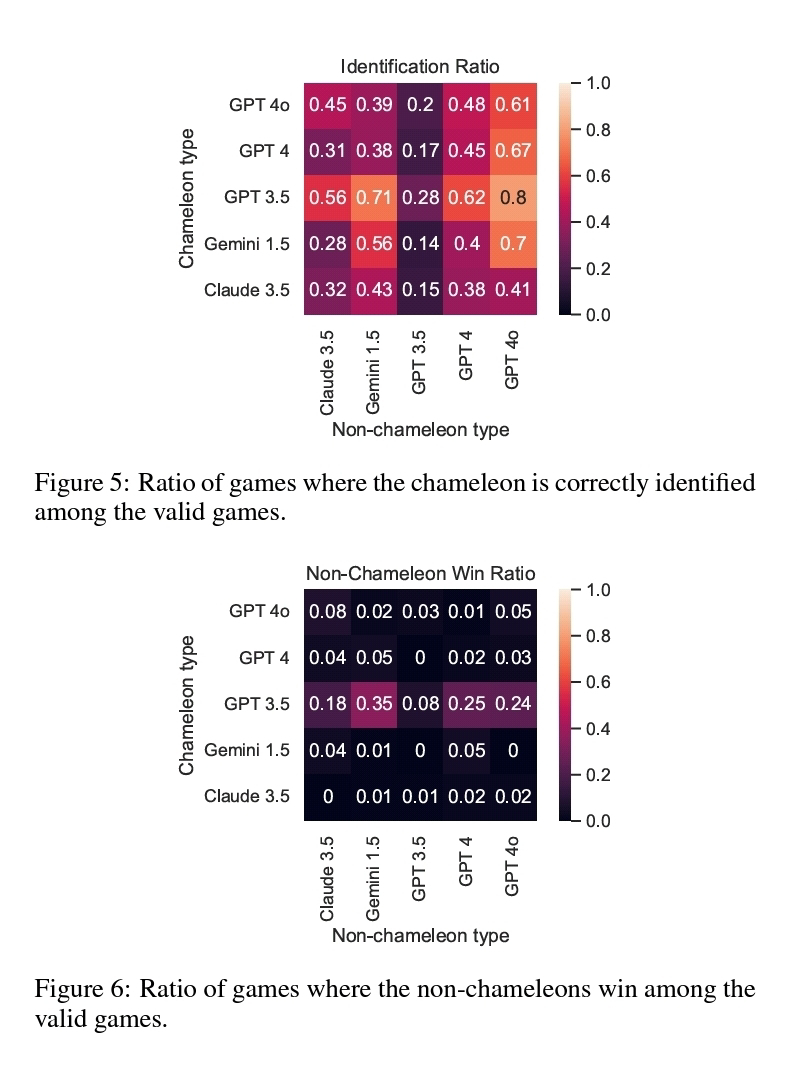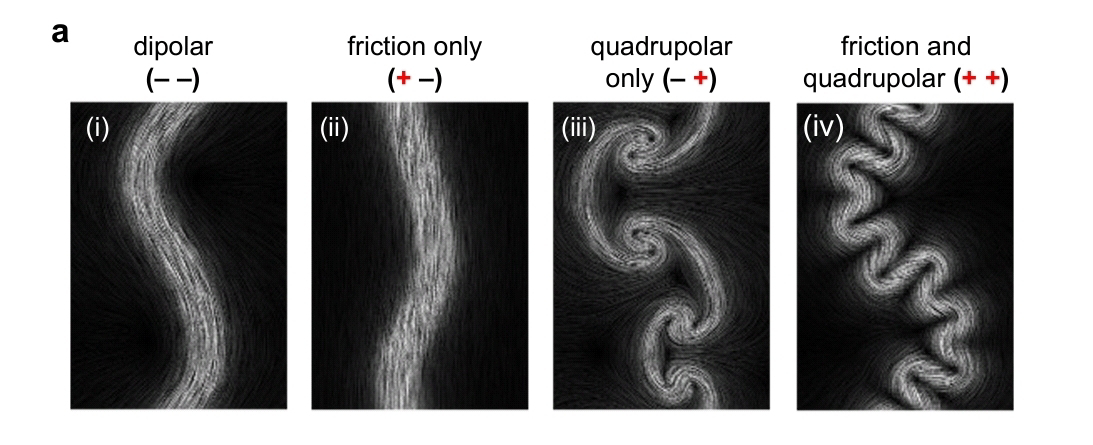<< Drawing inspiration from the motility behaviour of microorganisms, we introduce a highly tunable, robotic system self-actuating into the run-and-tumble (RT)-like motion. It comprises two disk-shaped, centimeter-scale programmable robots individually programmed to perform overdamped active Brownian (AB) motion and connected by a rigid rod. The rod is attached to pivot points located on off-centered, mirror-symmetric points on each robot, allowing for its free rotation at both ends. >>
AA << show that the collective dynamics of this system execute RT-like motion with characteristic sharp tumble events and exponentially distributed run times, similar to those observed in microorganisms. (They) further quantify emerging dynamics in terms of tumbling frequency and tune it over a wide range of experimental parameters. >>
AA << also develop a theoretical model that reproduces our experimental results and elucidates the underlying physical mechanisms governing the rich phase behavior of RT motion. >>
️
Somnath Paramanick, Umashankar Pardhi, et al. Spontaneous emergence of run-and-tumble-like dynamics in coupled self-propelled robots: experiment and theory. arXiv: 2502.01257v1 [cond-mat.soft]. Feb 3, 2025.
Also: behav, evolution, bot, in https://www.inkgmr.net/kwrds.html
Keywords: gst, life, behavior, evolution, bots, self-propelled bots, run-and-tumble motion




